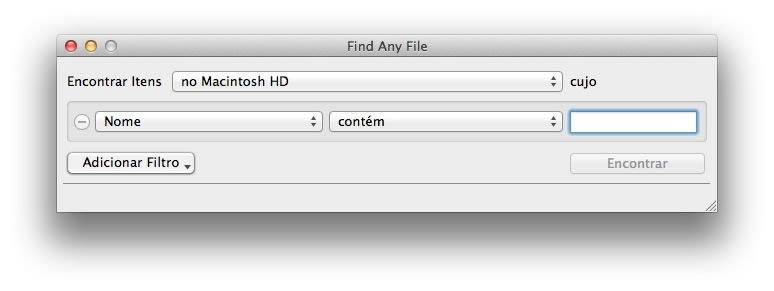

# localhost is used to configure the loopback interface Paste the following into the same file: # Open the Hosts file from your desktop.Drag the Hosts file from the Finder window onto your desktop.Enter /private/etc/hosts into the search field.
 Make sure Finder is selected on your Mac. When you're ready to undo your changes and restore where your Mac's Hosts file routes to, you can do so by replacing the current host file with a new set of terms. You can also use the Hosts file to block or work around spyware and ad networks by "zeroing out" their IP addresses - putting in 0.0.0.0 then the name of the domain you'd like to block. Before the system's online and accessible to anyone using DNS, you can use the Host file instead: Enter the machine's IP address and when you use that domain name, your Mac will go to that device instead. Let's say you're testing a development server you're about to deploy, and you'd like to use its domain name instead of the machine's specific IP address. There are some practical reasons why you'd want to use the Hosts file instead of just letting DNS do its thing. It's called the Hosts file, and it can be used to override the default DNS information.
Make sure Finder is selected on your Mac. When you're ready to undo your changes and restore where your Mac's Hosts file routes to, you can do so by replacing the current host file with a new set of terms. You can also use the Hosts file to block or work around spyware and ad networks by "zeroing out" their IP addresses - putting in 0.0.0.0 then the name of the domain you'd like to block. Before the system's online and accessible to anyone using DNS, you can use the Host file instead: Enter the machine's IP address and when you use that domain name, your Mac will go to that device instead. Let's say you're testing a development server you're about to deploy, and you'd like to use its domain name instead of the machine's specific IP address. There are some practical reasons why you'd want to use the Hosts file instead of just letting DNS do its thing. It's called the Hosts file, and it can be used to override the default DNS information. #Mac find any file how to#
The Domain Name System and its associated cache is your Mac's standard way of knowing how to get to where it's going on the Internet, but there's another file that can be very useful. Your Mac builds up a hidden cache file to remember those details later on when you visit the same site again. The first time you type in a web address, your Mac pings a DNS server - typically one automatically configured for you by your Internet Service Provider - to find out the TCP/IP address of the server you're trying to connect to.






 0 kommentar(er)
0 kommentar(er)
